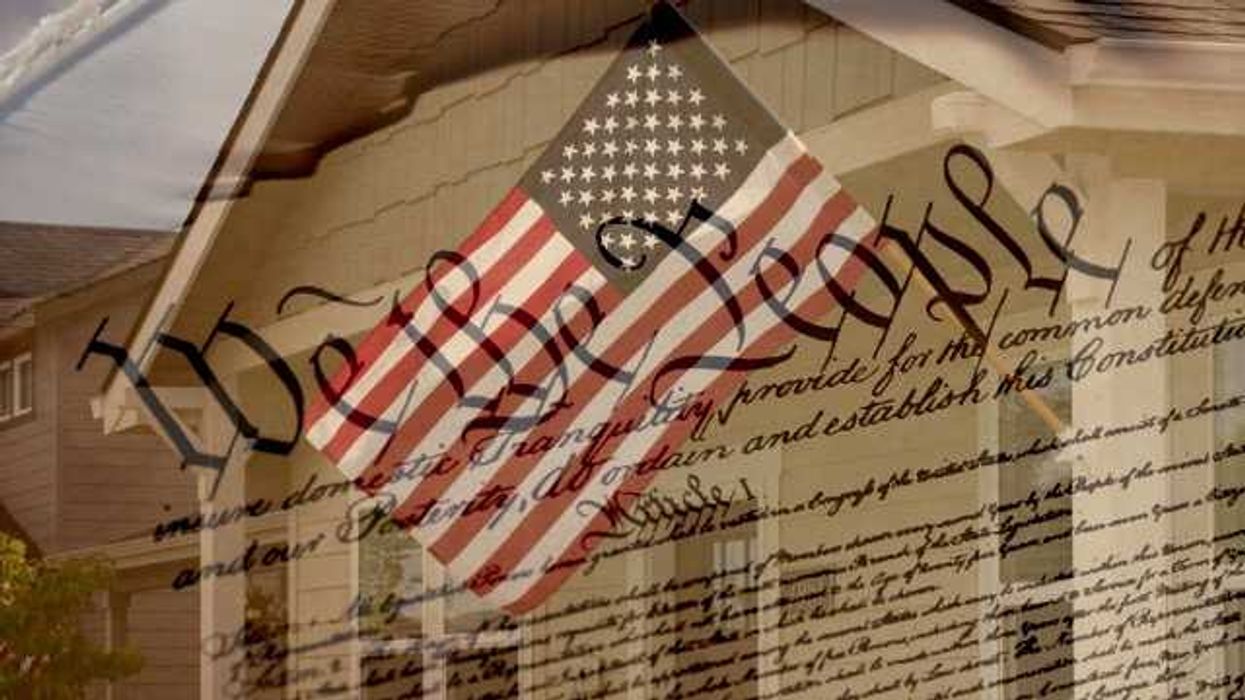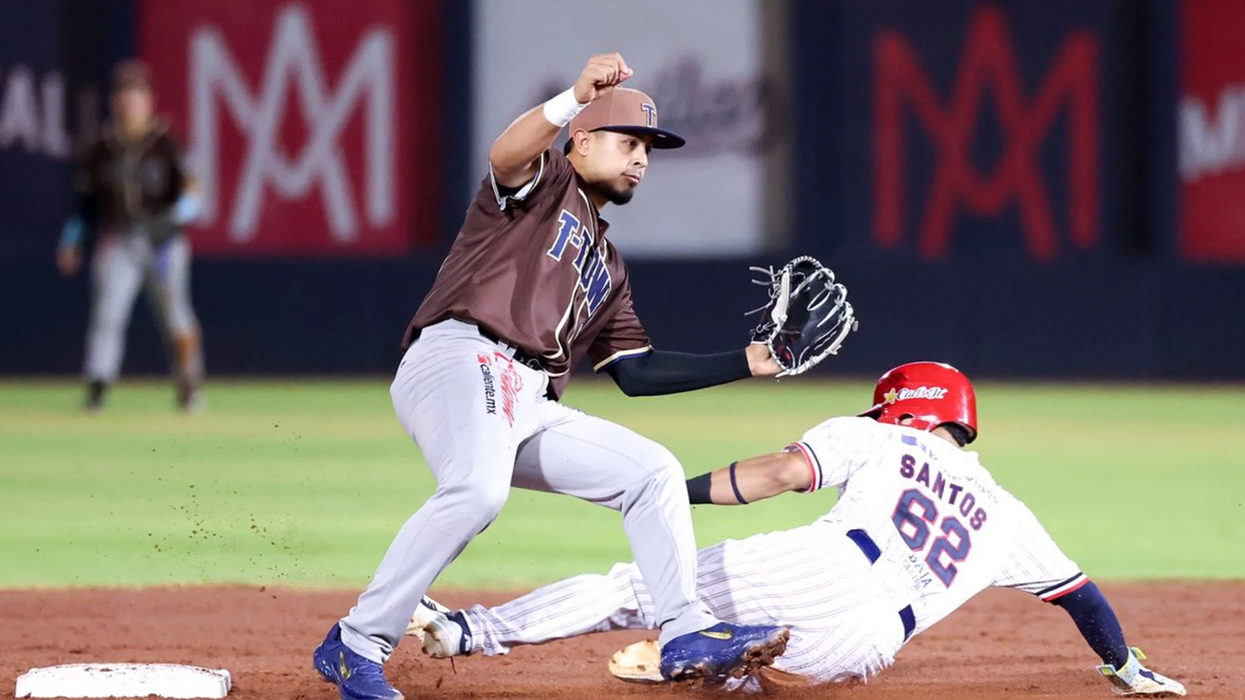The recent run of success for advocates of ranked-choice voting took a wrong turn this week in Albuquerque. The city council in New Mexico's biggest city voted 5-4 Monday night against implementing the voting system starting with this fall's municipal elections.
Advocates of the system attributed the setback to timing. They said their cause would have prevailed had the vote been held earlier in the year, before many of the council candidates had started plotting strategies for winning under the current system. As evidence they pointed to two of the state's other population centers, Las Cruces and Sante Fe, where ranked-choice voting has been embraced in the past year.
Albuquerque requires winning candidates to have a majority of the vote. If no one cracks 50 percent in the first round there's a runoff between the top two. The ranked-choice system, where voters may list a handful of candidates in order of preference, creates a sort of instant runoff: Politicians with the fewest No. 1 votes are dropped, and their ballots redistributed based on No. 2 rankings, until one candidate has a majority.
"I really think it's an interesting concept, it's something I'm not necessarily opposed to; I just don't think it's something we need at this time," council member Klarissa Peña said, predicting it would sew voter confusion.
The council signaled that, later this summer, it will debate a plan for a Nov. 5 referendum in which voters will decide whether to move to ranked-choice for the 2021 local election. Voters in New York will do something similar, and in the interim versions of RCV will be sued by Democrats in at least five states as part of their presidential delegate selection process.
"The state of Maine has gone so far as to elect their congressional representatives by ranked-choice voting, and I don't think of Maine as a radical place, so I don't think this should really be too scary for anybody," supporter Karen Bonime told the Albuquerque council.












 Shannon Gormley, Rhode Island Public Schools
Shannon Gormley, Rhode Island Public Schools Les Sinclair, Blue Ridge Area Food Bank
Les Sinclair, Blue Ridge Area Food Bank Elena Casillas Hoffman,
Elena Casillas Hoffman, 
 Darrious Hilmon, Executive Director, CAN-TV
Darrious Hilmon, Executive Director, CAN-TV










